

|
|
|


|
|
1/10 Scale Electric Touring Car:
Kyosho Renault Laguna BTCC - PureTen EP Mantis - 30713
|
Released by Kyosho circa 1998, the Williams Renault Laguna BTCC Touring Car - # 30713 - based on the Rear Wheel Drive version of the PureTen EP Mantis chassis, came 90% factory assembled, with an unpainted lexan polycarbonate Bodyshell, a 540 silver can Electric Motor and servo operated Rotary Mechanical Speed Controller. A Radio System, 7.4V Battery and Charger to be purchased separately.
The RWD 2WD model has an injection molded plastic chassis, with a gear type differential, un-damped spring suspension, dogbone drive-shafts and bushings.
Check out our Kyosho Archive for other Mantis chassis based models.
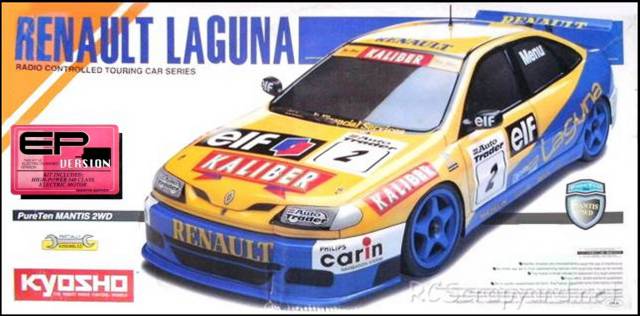
To get the best from the Kyosho Renault Laguna BTCC, it needs to be fine tuned, to provide precise steering response and improve grip when cornering, so you don't slide off the track. Small changes can make huge advancements and our easy to understand guide will help you to the optimum Set-up for your individual driving style.








|
|
|

★ Kyosho Renault Laguna BTCC - 30713 ★
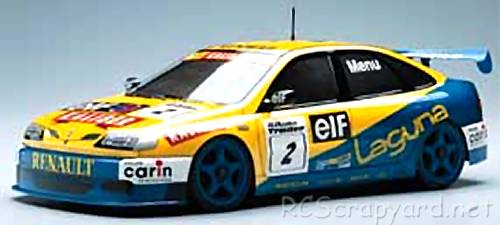
★ Kyosho PureTen EP Mantis Chassis ★
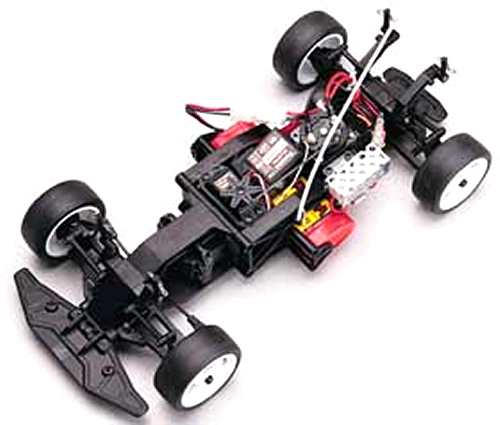
★ Kyosho PureTen EP Mantis Chassis ★
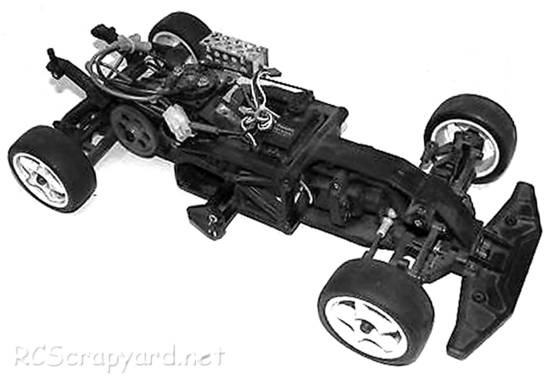
★ Kyosho PureTen EP Mantis Chassis ★
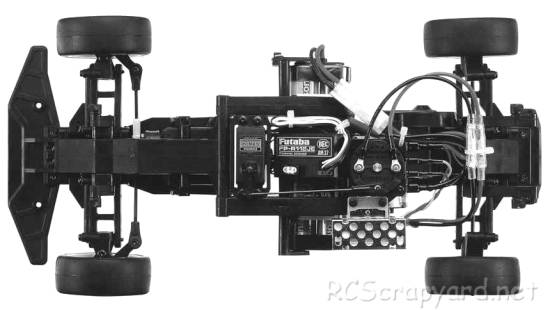
★ Kyosho PureTen EP Mantis Chassis ★
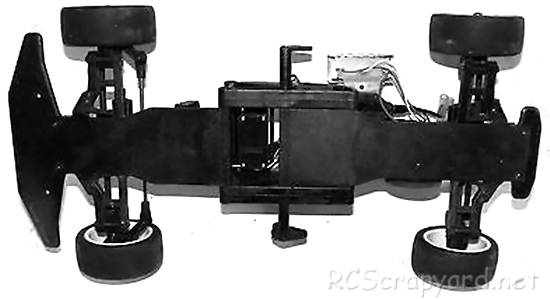
★ Kyosho PureTen EP Mantis Chassis ★
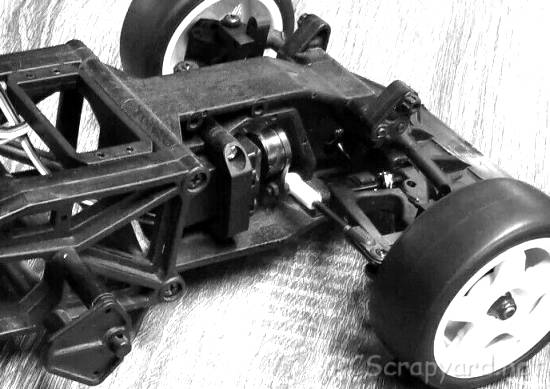
★ Kyosho PureTen EP Mantis Chassis ★
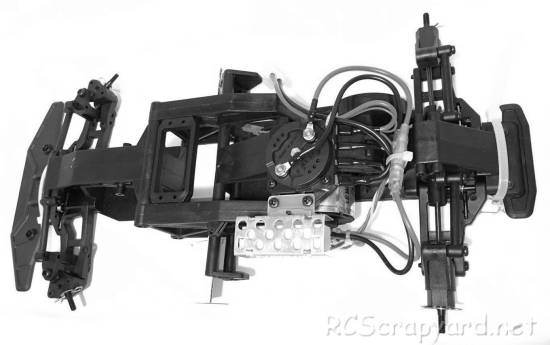
★ Kyosho PureTen EP Mantis Chassis ★
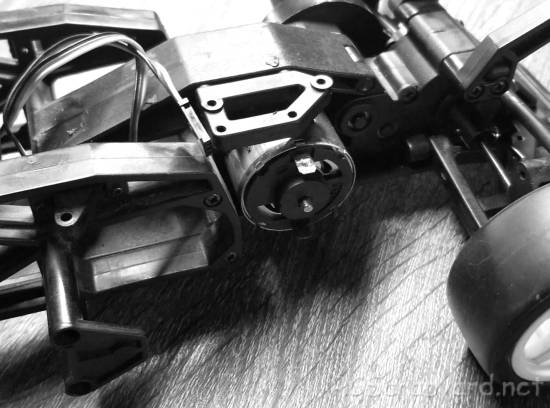
★ Kyosho PureTen EP Mantis Chassis ★
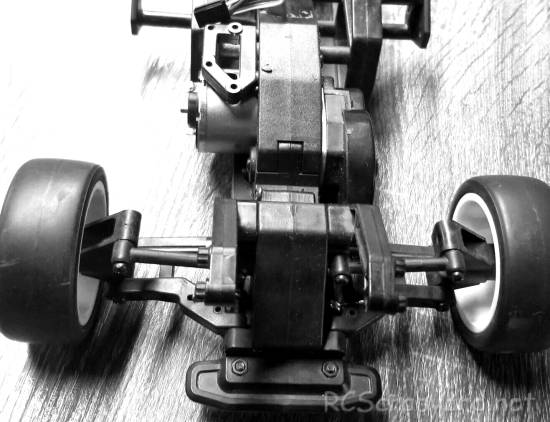
★ Kyosho PureTen EP Mantis Chassis ★
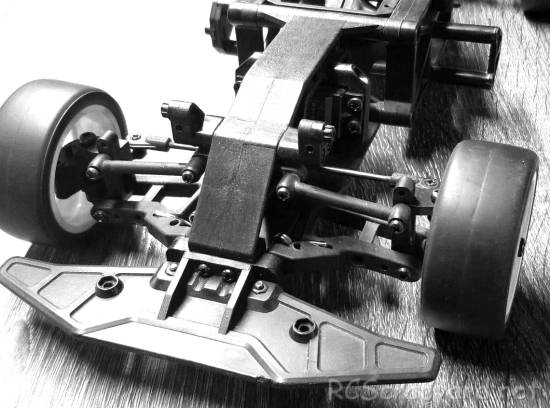
★ Kyosho PureTen EP Mantis Chassis ★
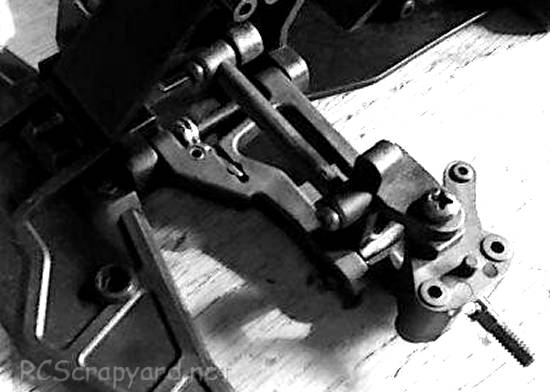
★ Kyosho PureTen EP Mantis Chassis ★
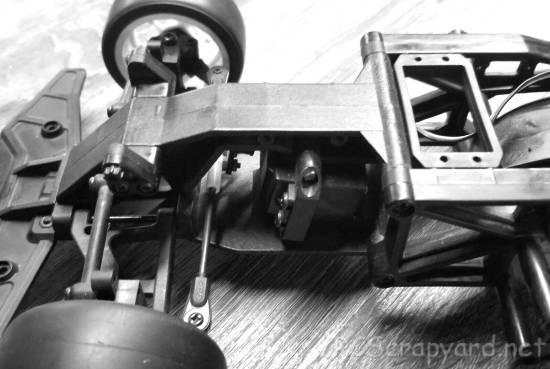
★ Kyosho PureTen EP Mantis Chassis ★
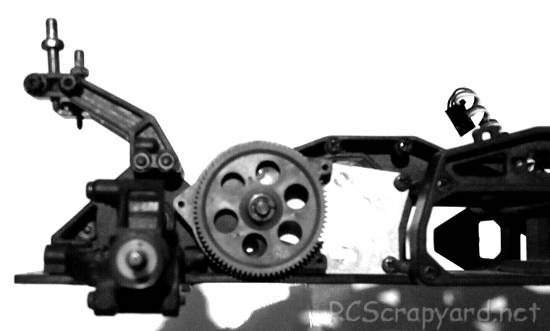
|
Buying a Used Kyosho Renault Laguna BTCC
|
|
Manufacturers and Brands Catalogued, Listed and Reviewed by RC-Scrapyard.
At present, the RC Model Manufacturers, Brands and Distributors covered by us are: ABC Hobby, Academy, Acme Racing, Agama Racing, Amewi, Ansmann Racing, ARRMA, Team Associated, Atomic RC, Axial, AYK, Bolink, BSD Racing, Capricorn, Carisma, Carson, Caster Racing, Cen, Corally, Custom Works, Durango, Duratrax, ECX - Electrix, Exceed RC, FG Modellsport, FS-Racing, FTX, Fujimi, Gmade, GS-Racing, Harm, HBX, Helion, Heng Long, Himoto Racing, Hirobo, Hitari, Hobao, Hong-Nor, Hot Bodies, HPI, HSP, Intech, Integy, Jamara, JQ Products, Kawada, Kyosho, Losi, LRP, Maisto, Mardave, Marui, Maverick, MCD Racing, Megatech, Mugen, New Bright, Nichimo, Nikko, Nkok, Ofna, Pro-Pulse, Protech, PTI, RC4WD, Redcat Racing, RJ-Speed, Robitronic, Schumacher, Seben, Serpent, Smartech, Sportwerks, Step-Up, Tamiya, Team-C Racing, Team Magic, Thunder Tiger, Tomy, Top Racing, Traxxas, Trinity, Tyco, Vaterra RC, Venom, VRX Racing, WLToys, X-Factory, Xmods, Xpress, Xray, XTM, Yankee RC, Yokomo, ZD Racing and Zipzaps. |
|
Hints, Tips and Information
Battery Connectors
Over the years I have been racing radio controlled model cars of all descriptions, I have tried a number of different connectors for my batteries.
|
|
Hints, Tips and Information
Ride Height
To allow the suspension on any RC model to do its work properly, it needs to ride in a position where it is able to react to any bumps and holes it may encounter on the track. Therefore, it needs to be adjusted to somewhere in-between those limits. That position is commonly termed "ground clearance" or "ride height" and is generally measured as the distance between the underside of the chassis and the ground, with the motor and battery etc installed. |
|
RC Models:
|
Radio & Motors: |
Other
Accessories: |